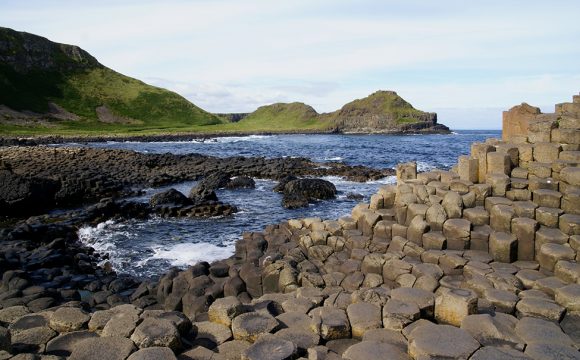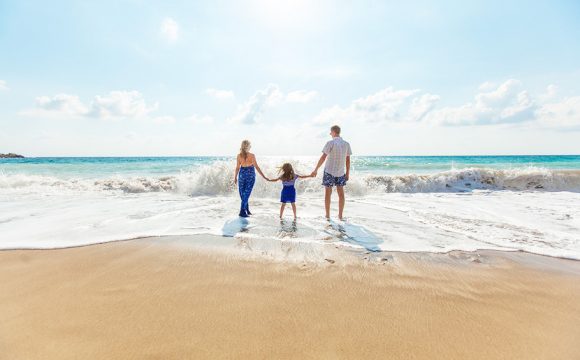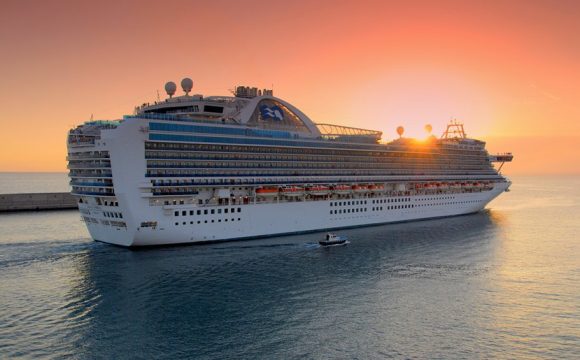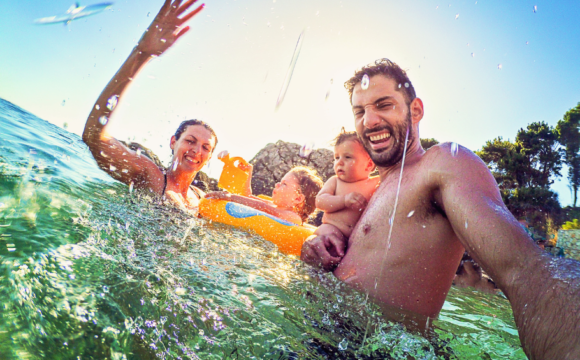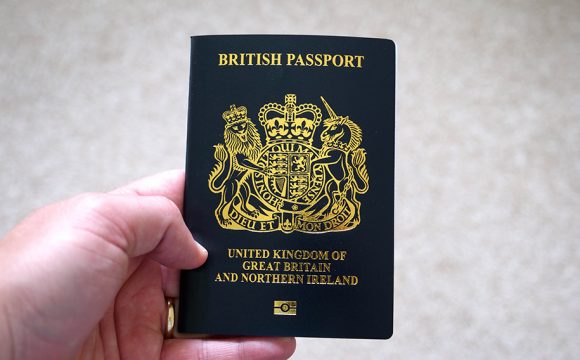27 February 2020
Whether it’s Winnie the Pooh or Rupert, a dancing grizzly bear dancing in a viral video or a childhood cuddly toy, everyone has a favourite bear. Collectively, all varieties of bears have racked up millions of mentions on Instagram – here are the five of the most popular ones:
- Koala: 1.6 million posts – The bear with over 1.6 million posts on Instagram isn’t actually bear at all! It’s a marsupial. But koalas’ funny, cute and cuddly mannerisms make them a firm fan favourite – so they had to make the list. They are native to Australia and it isn’t uncommon to see them in lots of different landscapes across the country, from the breezy coast to tall eucalypt forests and low woodlands. Queensland, New South Wales, Victoria and South Australia are the states where koalas can be found in the wild.
- Polar bear: 1.2 million posts – Most of the 1.2 million posts of polar bears on Instagram show them frolicking against a snowy backdrop, but it is unusual to see them photographed in their summer habitat. Polar bears are largely inactive during the summer months and rely on surroundings where they can rest undisturbed waiting for the ice to form again. Canada’s Hudson Bay is the perfect place for this with its below-freezing winters and mild summers. Hayes & Jarvis has a six-night tour including a cruise of the Hudson Bay and its river estuaries to spot polar bears swimming and enjoying the summer surroundings. There is also the opportunity to see beluga whales, nesting or migrating bird species, Arctic hares, Arctic foxes and seals.
- Black Bear: 650,948 posts – Black bears are the smallest but most common species of bear found in North America. Often snapped roaming around in people’s gardens or in the countryside, it is no surprise that they have featured on Instagram almost 700,000 times. Because of their varied diets they can live in a range of different habitats, from Alaska in the north to as far south as northern Mexico. The 2.2 million-acre Yellowstone National Park in Wyoming is filled with mountains, lakes and forests making it the perfect environment for black bears. Many of the national parks in the US have trails that go through black bears’ habitats, so it’s more common to see these bears in their natural environment compared to other varieties.
- Grizzly bear: 304,004 posts – The North American brown bear – often referred to as a grizzly bear – has over 300,000 mentions on Instagram. Vancouver Island is home to one of the densest population of bears, with estimates of up to 12,000. Tofino – a small district on Vancouver Island – has some of the best bear watching opportunities in the country. The small area is characterised by wild natural scenery, lakes, sandy beaches and ancient rainforests. The rugged coastline is the perfect place to see grizzly bears emerging from forests, leaping in the rivers to catch fish and foraging for rock crabs along the shores.
- Sun bear: 44,288 posts – The sun bear is easily distinguishable because of the white or yellowish patch on its chest, which legend says represents the rising sun. They are unique and rare, but animal lovers’ appreciation for their distinctive appearance and comically long tongue means they have featured on Instagram almost 50,000 times. They are the smallest bears in the world, only growing to half the size of their grizzly cousins. They are native to southern China, eastern India and as far south as Indonesia, but they have a shy nature and reside in remote places. Because of this, it is extremely rare to see them in their natural habitat. The Bornean Sun Bear Conservation Centre is one of few centres focusing on sun bears, allowing visitors the opportunity to learn about them in their natural habitat. It has 43 bears who were rescued from captivity and has large forest enclosures that replicate their natural environment to help facilitate their rehabilitation back into the wild.



